Species Photo Gallery for Empoa gillettei No Common Name 68 |
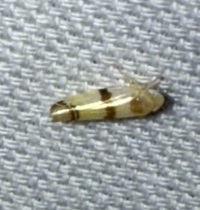 | Photo by: Marilyn Westphal
Henderson Co.
Comment: Attracted to UV light sheet |  | Photo by: Marilyn Westphal
Henderson Co.
Comment: Attracted to UV light sheet |
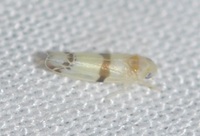 | Photo by: K. Bischof
Transylvania Co.
Comment: GORG | 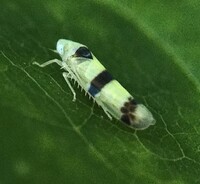 | Photo by: Ted Wilcox
Watauga Co.
Comment: unid_leafhopper |
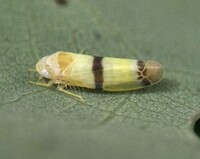 | Photo by: Ted Wilcox
Watauga Co.
Comment: unid_leafhopper | 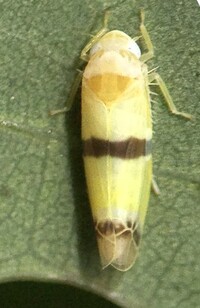 | Photo by: Ted Wilcox
Watauga Co.
Comment: unid_leafhopper |
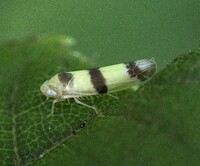 | Photo by: Ted Wilcox
Watauga Co.
Comment: unid_leafhopper | 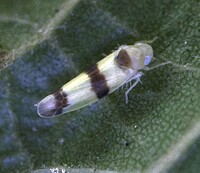 | Photo by: Ted Wilcox
Watauga Co.
Comment: unid_leafhopper |
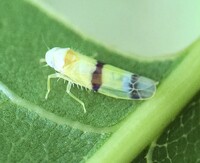 | Photo by: Ted Wilcox
Watauga Co.
Comment: unid_leafhopper | 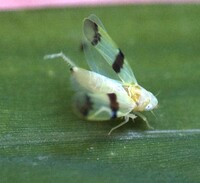 | Photo by: Ted Wilcox
Watauga Co.
Comment: unid_leafhopper |
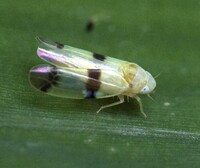 | Photo by: Ted Wilcox
Watauga Co.
Comment: unid_leafhopper | 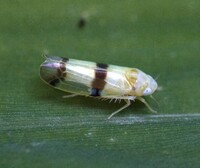 | Photo by: Ted Wilcox
Watauga Co.
Comment: unid_leafhopper |
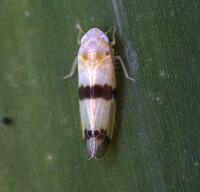 | Photo by: Ted Wilcox
Watauga Co.
Comment: unid_leafhopper | 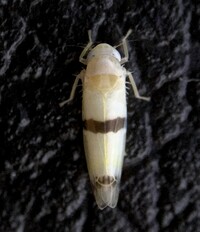 | Photo by: Ted Wilcox
Watauga Co.
Comment: unid_leafhopper |
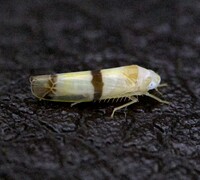 | Photo by: Ted Wilcox
Watauga Co.
Comment: unid_leafhopper |  | Photo by: Ted Wilcox
Watauga Co.
Comment: unid_leafhopper |
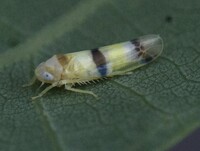 | Photo by: Ted Wilcox
Watauga Co.
Comment: unid_leafhopper | 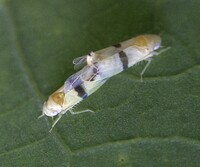 | Photo by: Ted Wilcox
Watauga Co.
Comment: unid_leafhopper |
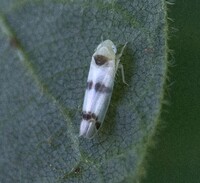 | Photo by: Ted Wilcox
Watauga Co.
Comment: unid_leafhopper | 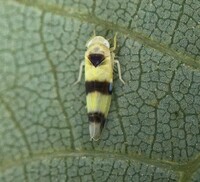 | Photo by: Ted Wilcox
Watauga Co.
Comment: unid_leafhopper |
 | Photo by: Ted Wilcox
Watauga Co.
Comment: unid_leafhopper | 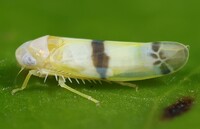 | Photo by: Rob Van Epps
Mecklenburg Co.
Comment: Attracted to UV light. |
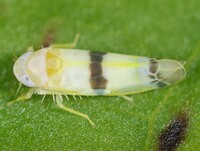 | Photo by: Rob Van Epps
Mecklenburg Co.
Comment: Attracted to UV light. |  | Photo by: Ken Kneidel
Mecklenburg Co.
Comment: 3.5 mm female came to UV light in early evening |
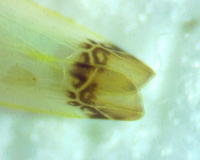 | Photo by: Ken Kneidel
Mecklenburg Co.
Comment: 3.5 mm female came to UV light in early evening | 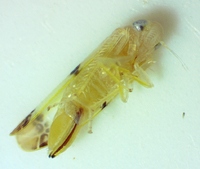 | Photo by: Ken Kneidel
Mecklenburg Co.
Comment: 3.5 mm female came to UV light in early evening |
 | Photo by: Erich Hofmann
Buncombe Co.
Comment: | 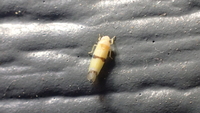 | Photo by: Erich Hofmann
Buncombe Co.
Comment: |
 | Photo by: Erich Hofmann
Buncombe Co.
Comment: | 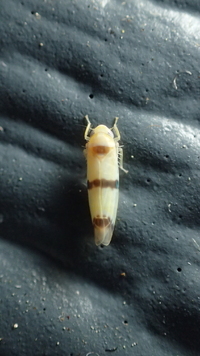 | Photo by: Erich Hofmann
Buncombe Co.
Comment: |
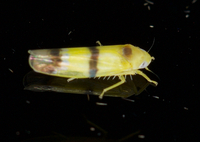 | Photo by: Jim Petranka
Madison Co.
Comment: | 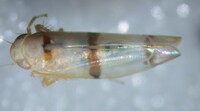 | Photo by: Bo Sullivan
Ashe Co.
Comment: |
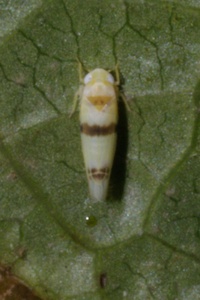 | Photo by: Scott Bolick
Forsyth Co.
Comment: | 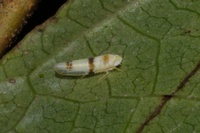 | Photo by: Scott Bolick
Forsyth Co.
Comment: |
 | Photo by: Vin Stanton
Buncombe Co.
Comment: semi wooded residential neighborhood | 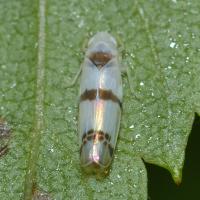 | Photo by: Margarita Lankford
Swain Co.
Comment: https://www.inaturalist.org/observations/52211852 |
 | Photo by: Margarita Lankford
Swain Co.
Comment: https://www.inaturalist.org/observations/52211852 |  | Photo by: Margarita Lankford
Swain Co.
Comment: https://www.inaturalist.org/observations/52211852 |
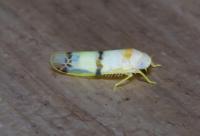 | Photo by: Jim Petranka
Madison Co.
Comment: | 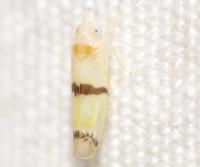 | Photo by: Kyle Kittelberger
Wake Co.
Comment: |
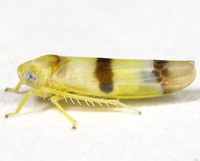 | Photo by: Rob Van Epps
Mecklenburg Co.
Comment: Attracted to UV light. Suburban yard near woods. |  | Photo by: Rob Van Epps
Mecklenburg Co.
Comment: Attracted to UV light. Suburban yard near woods. |
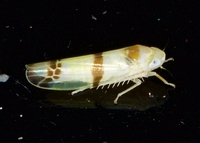 | Photo by: Jim Petranka
Madison Co.
Comment: | 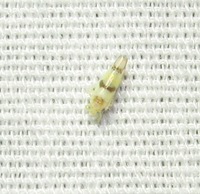 | Photo by: B. Bockhahn
Alleghany Co.
Comment: |
 | Photo by: Ken Kneidel
Yancey Co.
Comment: 3.5 mm. © Kyle Kittelberger | 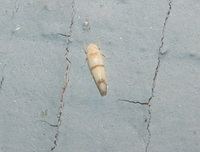 | Photo by: vin stanton
Buncombe Co.
Comment: |
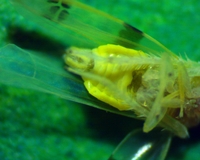 | Photo by: Ken Kneidel
Yancey Co.
Comment: 3.5 mm | 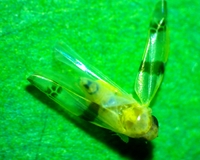 | Photo by: Ken Kneidel
Yancey Co.
Comment: 3.5 mm |
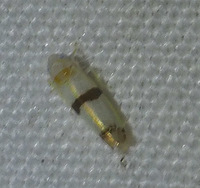 | Photo by: Randy Emmitt
Orange Co.
Comment: uv light | 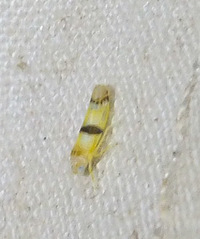 | Photo by: Randy L Emmitt
Orange Co.
Comment: |
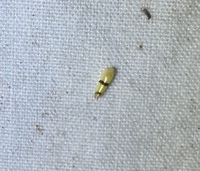 | Photo by: R Emmitt
Orange Co.
Comment: | 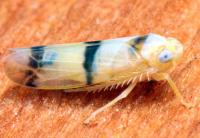 | Photo by: Ken Childs
Out Of State Co.
Comment: |
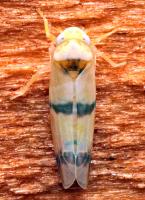 | Photo by: Ken Childs
Out Of State Co.
Comment: | 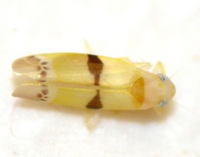 | Photo by: Kyle Kittelberger
Wake Co.
Comment: mixed hardwood forest habitat |
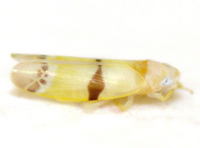 | Photo by: Kyle Kittelberger
Wake Co.
Comment: mixed hardwood forest habitat |  | Photo by: Kyle Kittelberger
Wake Co.
Comment: mixed hardwood forest habitat |
 | Photo by: T. DeSantis
Durham Co.
Comment: ENRI | 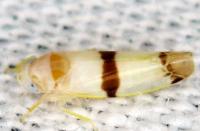 | Photo by: T. DeSantis, B. Hall
Durham Co.
Comment: ENRI |
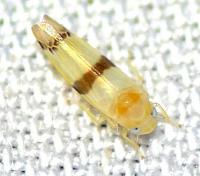 | Photo by: Paul Scharf
Warren Co.
Comment: Attracted to Light |  | Photo by: Paul Scharf
Warren Co.
Comment: Attracted to Black Light |
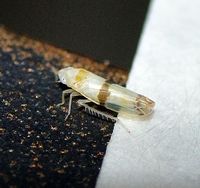 | Photo by: Paul Scharf
Warren Co.
Comment: Attracted to Black Light |  | Photo by: Paul Scharf
Warren Co.
Comment: Attracted to Black Light |
 | Photo by: Paul Scharf
Warren Co.
Comment: Attracted to Black Light | 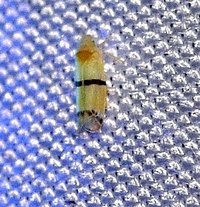 | Photo by: Paul Scharf
Warren Co.
Comment: Attracted to Black Light |
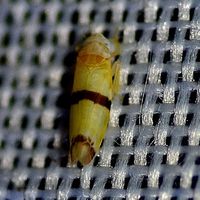 | Photo by: Paul Scharf,Kyle Kittelberger, Brian Bockhahn
Surry Co.
Comment: Attracted To Black Light |  | Photo by: Kyle Kittelberger, Brian Bockhahn, Paul Scharf
Surry Co.
Comment: grassy, brushy habitat near forest edge & forest |
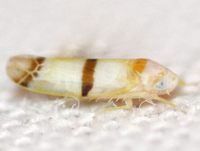 | Photo by: Kyle Kittelberger, Brian Bockhahn, Paul Scharf
Surry Co.
Comment: grassy, brushy habitat near forest edge & forest | 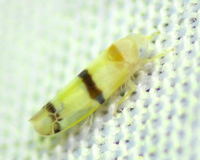 | Photo by: Kyle Kittelberger, Brian Bockhahn, Paul Scharf
Ashe Co.
Comment: mixed hardwood forest habitat |
|

 »
»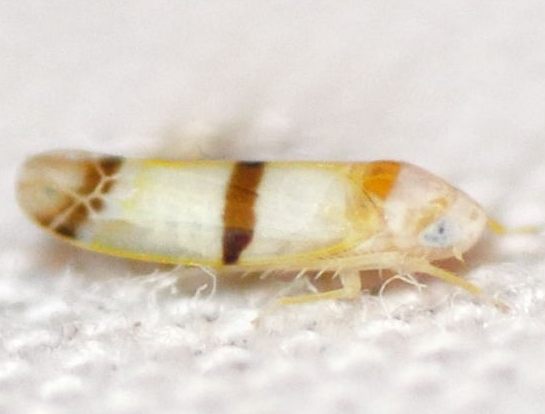
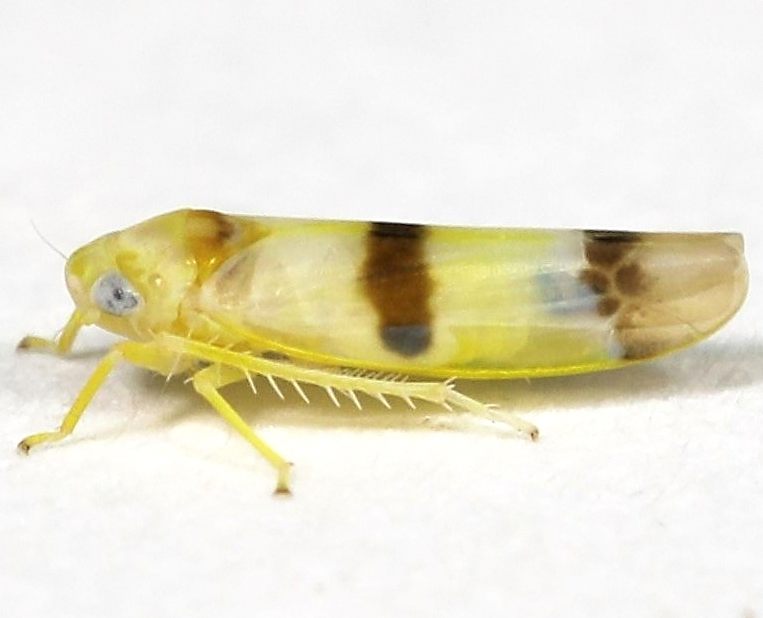

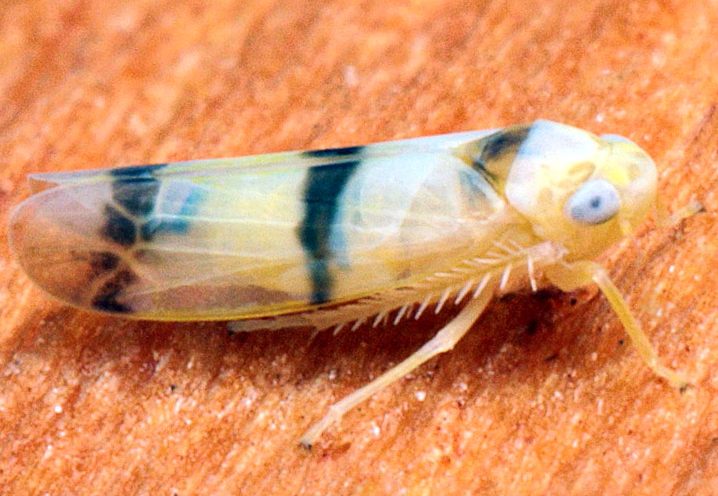

 »
»


